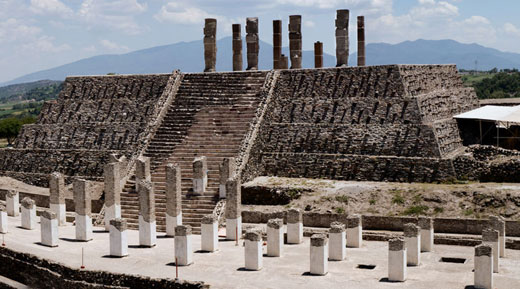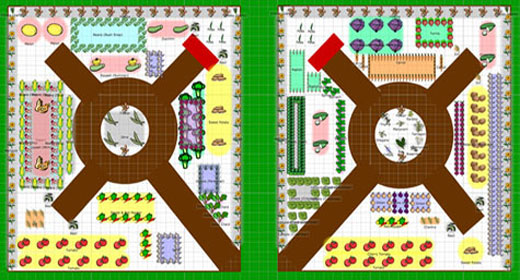by Ty Landrum: Open your hips and help center your consciousness with teacher Ty Landrum as he walks you through these 6 simple steps to Padmasana (Lotus Pose)…
Padmasana
Padma = Lotus · asana = pose
Lotus Pose
Benefits: Opens your hips; helps redirect apana (downward energy) through the lower half of your body, moving it back toward the center of your pelvis and up your spine; has a centering effect on consciousness.
Instructions: Master Padmasana (Lotus Pose) in 6 Steps
1. Sit on the floor with your pelvis in a gentle posterior tilt and your knees bent, separated, and resting in an easy crossed position (right leg on top).
2. Hold your right calf with both hands, and rotate your tibia (shinbone) away from you (laterally). Keeping that rotation, close your knee by drawing your right heel toward your navel.
3. Extend through your right foot in plantar flexion (toes pressing down). Place your right foot into the crease of your left hip, and reach through your right femur (thighbone) so that your right knee moves down toward the floor.
4. Repeat steps 2–3 on your left side so that both legs are bound. Your left leg should now be on top with both knees dropped down toward the floor.
5. Allow your spine to rise up vibrantly from the center of your pelvis. Release your soft palate by visualizing space across the base of your skull, and allow your gaze to soften down the line of your nose. Your chin may be lifted or dropped. Straighten your arms, and rest the backs of your hands on your knees. Take Jnana Mudra by bringing together the tips of your thumbs and index fingers and straightening the other fingers.
6. As you draw your breath in, gently lift your pubic bone and spread your lower back. Find a subtle toning action in your pelvic floor. As you exhale, feel sensation rise up your spine, through your heart, and to your soft palate. Allow any thoughts or images that began to form on the inhale to dissolve back into the emptiness of your body. Stay for at least 10 breaths.
Avoid These Mistakes
DON’T torque your knees as you’re arranging the posture. (That is, don’t pull upward with too much force on the lower leg as you bring your foot into position.) Doing so can damage tissue, especially the medial meniscus—a band of cartilage on the inner side of your knee joint.
DON’T let your feet move into inversion (ankles roll in and feet move toward your inner shins). That hurts your ankles and can lead to a sprain! Avoid this by reaching into plantar flexion and by developing more lateral rotation in your hips.












































